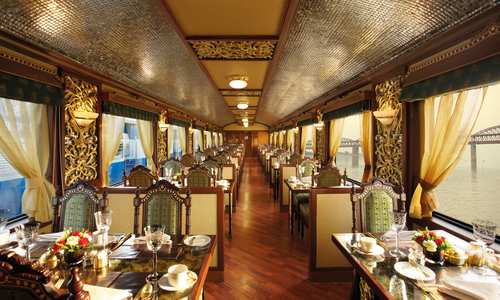Introduction
The sprawling metropolis of Delhi is the major gateway into India and one of the country's fastest growing cities. A city of two distinct halves: the spacious, planned boulevards of the late colonial capital New Delhi grate against the bustling, medieval lanes of Old Delhi. Historic and vibrant, majestic and detailed, Delhi provides the perfect introduction to the wonders of India.
New Delhi
New Delhi was constructed on an impressive scale. The spacious avenues of New Delhi resemble spokes pointing out in all directions from Connaught Place (Indira Chowk) toward the Parliament area and Viceroy's House, the president's residence. The Raj buildings of Vijay Chowk and Raisana Hill are highlights, along with India Gate and The National Musuem. The nearby Taj Hotel is one of the capital's most distinguished addresses.

Old Delhi
Old Delhi was the former centre of the Mughal Empire. India's largest mosque, the Jami Masjid, now dominates the Old Delhi area, along with the imposing Red Fort citadel. The fort's Lahore Gate faces the bustling hive of narrow lanes around Chandi Chowk, still the focus of traders and Old Delhi's many legendary bazaars.

Medieval Quarter
The Nizamuddin medieval quarter occupies the eastern flank of Delhi on the banks of the Yamuna River. The old Muslim area around the dargah Sufi shrine and Humayun's Tomb are the key attractions. Further north, near the upmarket Sundar Nagar residential area are many antique shops, Delhi Zoo and the ruined, crumbling battlements of Purana Qila, the ‘old fort'.



















